Insider Tips Before You Go
A little planning goes a long way in ensuring a smooth journey. Here are a few essential tips from my own experience driving these roads.
First, book your accommodations in advance, especially if traveling during peak seasons like spring (cherry blossoms) or autumn (fall foliage). The recommended areas offer different advantages. Staying near Kintetsu Uji-Yamada Station or Kintetsu Toba Station on the first night places you in the heart of the action with plenty of dining and lodging options. For a more strategic choice, consider staying in
Matsusaka, which is often more budget-friendly and gives you direct access to legendary Matsusaka beef restaurants. On the second night, staying near Shima Spain Village is most convenient, with the
Miyako Resort Okushima Aqua Forest being the standout premium choice for a truly relaxing experience.
Second, be aware of what I call "countryside time." Outside of the major cities, many smaller shops, local restaurants, and even some gas stations close surprisingly early. The last thing you want is to arrive at your hotel for the night with no options for dinner or snacks. My advice is to stock up on essentials like water, snacks, and any desired beverages (a cold Japanese beer is a perfect end to a day of driving) while you're in a larger town during the afternoon. Convenience stores (konbini) are plentiful, but don't assume one will be open late right next to your rural inn.
Day 1: A Spiritual Beginning in the Land of the Gods
Morning: The Road from Osaka to Ise (Approx. 2.5 hours)
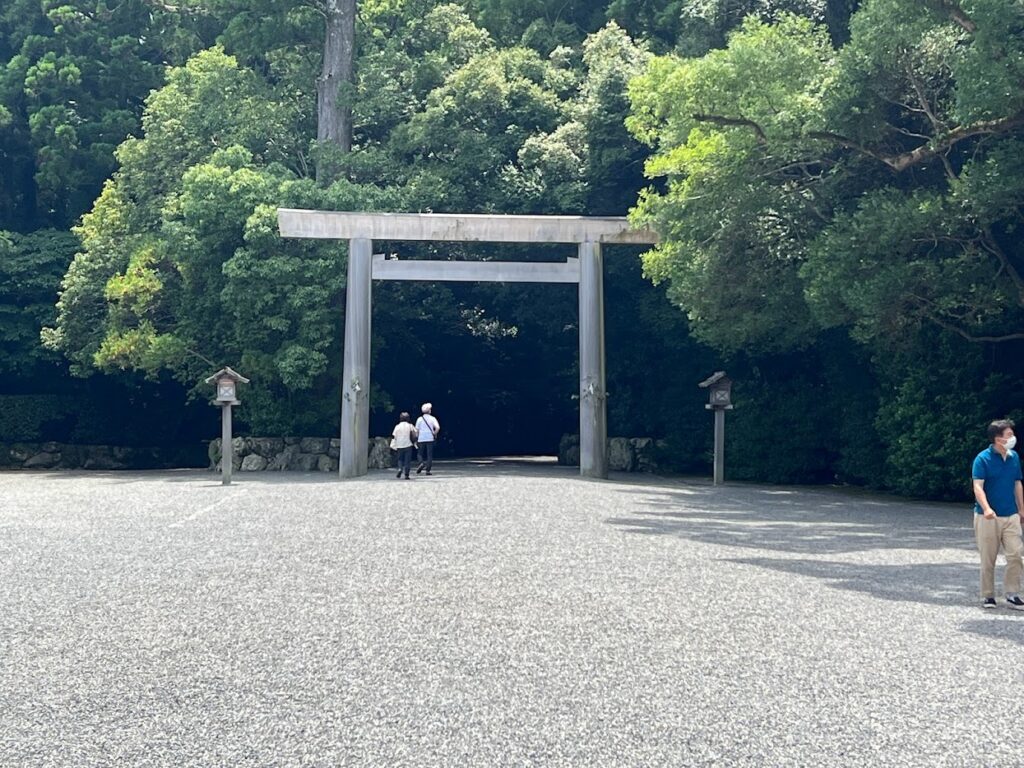
The adventure begins as you navigate out of the urban sprawl of Osaka and head east towards Mie Prefecture. The drive itself is a transition, as concrete towers give way to green hills and the landscape begins to feel more ancient. For the drive to Ise, you have two main options. The most direct route uses the Shin-Meishin Expressway, which takes about 2 hours and 36 minutes and costs around ¥4,330 in tolls. However, a savvy local's tip is to take the route utilizing the Meihan National Highway. It's often slightly quicker at around 2 hours and 23 minutes and, more importantly, significantly cheaper, with tolls around ¥3,100. That saving is better spent on a delicious lunch later in the day.
First Stop: Ise Grand Shrine (Geku), The Outer Shrine
Your first destination is the Ise Grand Shrine, or Ise Jingu, the most sacred site in Japan's native Shinto religion. The complex is vast, comprising 125 different shrines, but your focus will be on the two most important: the Geku (Outer Shrine) and the Naiku (Inner Shrine). You will begin at the Geku.
The Geku is dedicated to Toyouke-Ōmikami, the ancient deity responsible for food, shelter, and clothing—the fundamental elements of life. As you walk the gravel paths under towering cedar trees, the air feels calm and reverent. Before approaching the main sanctuary, you will perform a purification ritual at the
temizuya, washing your hands and mouth with clean water to cleanse yourself before presenting yourself to the kami (god or deity).
The Correct Way to Pray: Understanding "Geku-senkei"
In Japan, there is a proper order to almost everything, and visiting Ise Jingu is no exception. The tradition, known as Geku-senkei, dictates that one must always visit the Geku (Outer Shrine) before the Naiku (Inner Shrine). This is not an arbitrary rule but a practice steeped in profound respect.
The custom mirrors the order of the shrine's most sacred rituals. Because Toyouke-Ōmikami (at Geku) is the deity of food, all ceremonies at Ise begin with an offering of sacred food, or shinsen, to her first. Only after this is done are offerings made to Amaterasu-Ōmikami at the Naiku and the other deities of the pantheon. By following this sequence in your own pilgrimage, you are participating in a tradition that has been observed by emperors, shoguns, and commoners for over a thousand years. It transforms your visit from mere sightseeing into a genuine act of cultural and spiritual engagement.
Main Event: Ise Grand Shrine (Naiku), The Inner Shrine
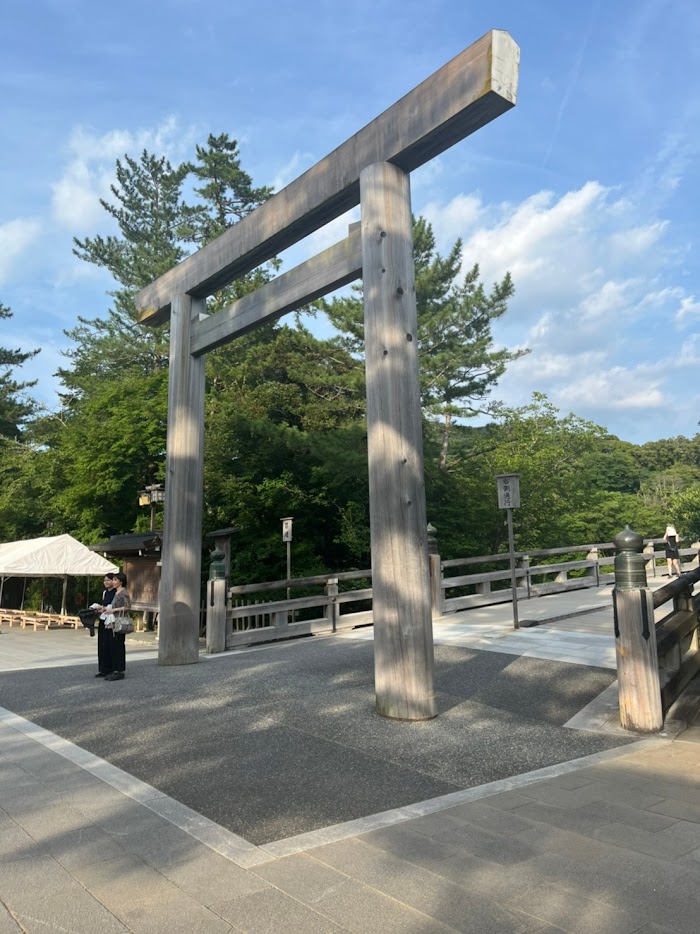
After paying your respects at the Geku, a short drive brings you to the Naiku, the spiritual heart of Japan. This is the holiest part of Ise Jingu, dedicated to Amaterasu-Ōmikami, the sun goddess from whom the Japanese imperial family is said to descend. The sense of sanctity here is even more palpable.
Your approach begins by crossing the wooden Uji Bridge, which spans the crystal-clear Isuzugawa River. The bridge acts as a symbolic gateway, separating the ordinary, secular world from the sacred realm of the gods. Many visitors pause here to touch the smooth wooden railings and take in the view of the forested hills. Further along the path, you can descend to the riverbank to purify your hands in the flowing water, a more traditional form of cleansing that feels deeply connected to the nature-centric beliefs of Shinto. The main sanctuary itself is hidden behind a series of fences. You will not see the building directly, as it is considered too sacred for public view. Instead, you will stand before the outermost gate, bow your head, and offer a silent prayer of gratitude. The simplicity and profound humility of this act are deeply moving.
Afternoon Drive: The Breathtaking Ise-Shima Skyline (Approx. 40 mins drive time)
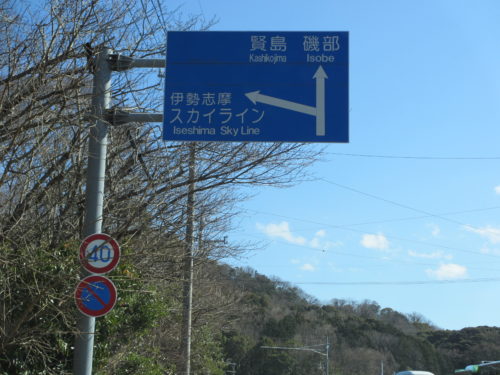
Leaving the sacred forests of Ise behind, it's time to ascend into the heavens on the Ise-Shima Skyline. This 16.3 km scenic toll road is a driver's delight, carving a path along the mountain ridge that separates the cities of Ise and Toba. The entrance is conveniently located just a five-minute drive from the Naiku parking area.
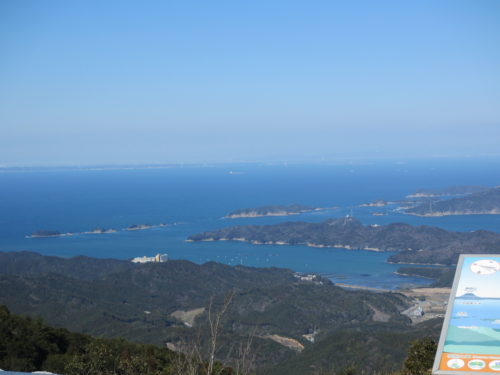
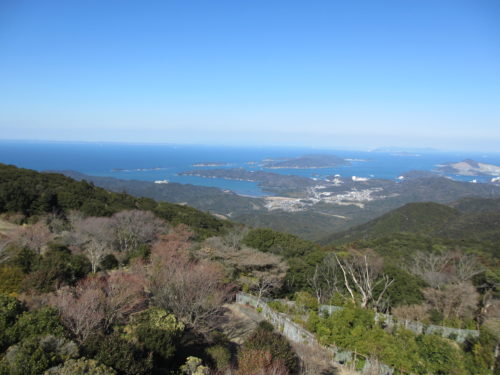
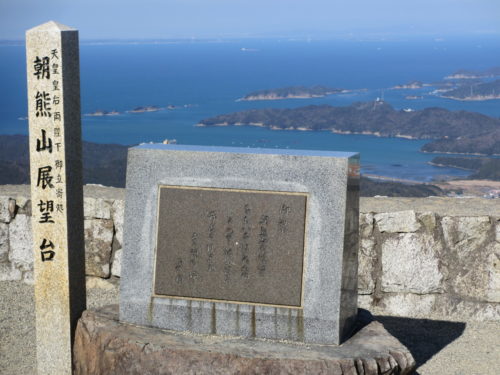
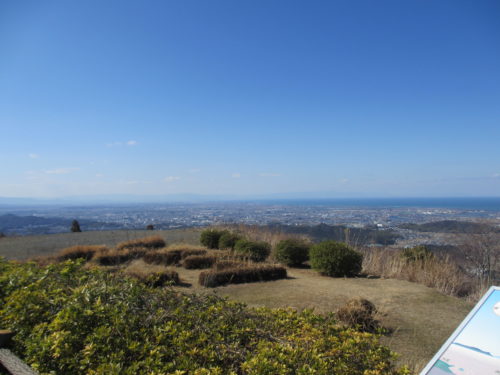
The toll for a standard car is ¥1,270, a small price for the magnificent vistas that await. Operating hours vary seasonally, generally opening at 7 am and closing around 7 pm, with later hours in the summer and for special events like fireworks festivals. As you climb, the road opens up to reveal stunning panoramic views of Ise Bay, its surface dotted with pearl-farming rafts and small islands.
At the summit, you'll find several charming attractions. The most famous is the Tenku no Post (Postbox in the Sky), a bright red, old-fashioned postbox standing against the backdrop of the sky. Mailing a postcard from here is a unique way to send a message from the top of the world. Nearby, you can soothe your tired feet in the mountaintop footbath for a nominal fee of ¥100 for adults. Soaking your feet while gazing out at the expansive view is a simple but incredibly restorative experience.
Evening: Settling in and Savoring Matsusaka Beef
As dusk begins to settle, you'll descend from the skyline drive and head towards your accommodation for the night. For maximum convenience, staying near Kintetsu Uji-Yamada Station or in the coastal city of Toba provides easy access to a variety of hotels and restaurants.
However, for the discerning traveler and food lover, the best option is to make a short drive inland to the city of Matsusaka. Not only are hotels here often more affordable, but this is the hallowed ground of Matsusaka beef, one of Japan's top three brands of wagyu (Japanese beef). Dining here is not just a meal; it's a pilgrimage for any gourmand.
Two legendary establishments stand out. Wadakin, founded in 1878, is a bastion of tradition, offering exquisite beef in a refined, traditional setting.
Gyugin Honten, established in 1902, is another institution, famous for its sukiyaki and historic atmosphere. A meal at either of these restaurants is the perfect, decadent end to a day of spiritual discovery. Be sure to book in advance, as these famous restaurants are often full.
Day 2: Coastal Thrills and Sunset Soaks in Shima
Morning: Unleash Your Inner Child at Shima Spain Village
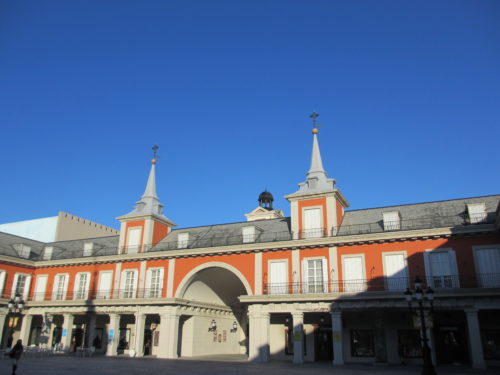
After a day steeped in ancient tradition, Day 2 offers a complete change of pace, celebrating the fun and fantasy of modern Japan. A short drive from the Ise or Matsusaka area brings you to Shima, a coastal region known for its resorts. Your destination is Shima Spain Village (Parque España), a theme park dedicated to the culture and passion of Spain.
One of the park's greatest assets for international travelers is that, outside of major holidays, it is remarkably uncrowded compared to the giant parks near Tokyo and Osaka. This means shorter lines and a more relaxed atmosphere, allowing you to experience more attractions. A 1-Day Passport for an adult costs ¥5,700, and it's always wise to check the official website for the latest operating hours as they vary by season.
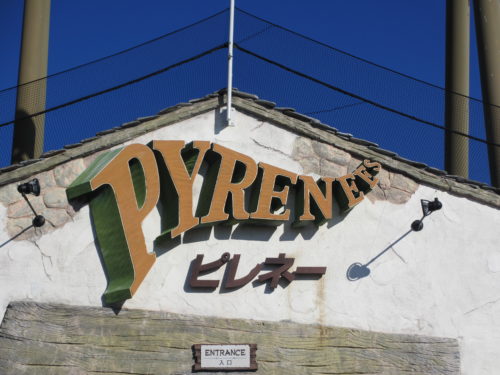
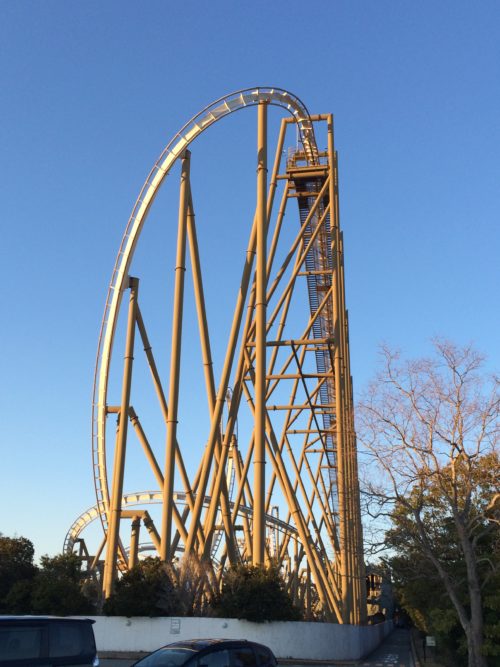
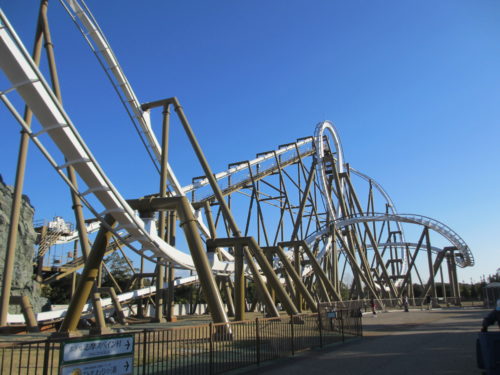
For thrill-seekers, there is one absolute must-do attraction: Pyrenees. This is not just any roller coaster; it's a world-class inverted coaster, meaning you are suspended below the track with your feet dangling freely. The design is inspired by the rugged Pyrenees mountain range that separates Spain and France. The ride is an intense, exhilarating journey, reaching a top speed of 100 km/h along a twisting, 1,234-meter-long track. Its signature elements include a dizzying "zero-G roll" that inverts you with a feeling of weightlessness and a world-first "spiral interlock loop," where the track performs a vertical loop while another section of track spirals around it. For coaster enthusiasts, it's a breathtaking experience that alone is worth the price of admission.
Afternoon: A Golden Hour Soak at Himawari-no-Yu Onsen
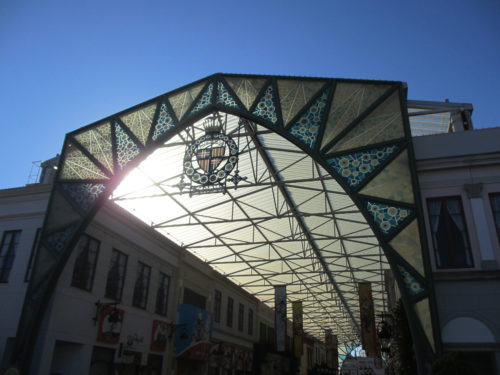
After the adrenaline rush of the theme park, the perfect antidote is a relaxing soak in a traditional Japanese hot spring, or onsen. Located conveniently near Shima Spain Village is Himawari-no-Yu, an onsen facility renowned for one very special feature: its incredible sunset view.
The key experience here is the rotenburo (open-air bath). As you soak in the mineral-rich water, you have an unobstructed view over Iza-no-ura Bay. Watching the sun dip below the horizon, painting the sky and water in shades of gold and crimson, is a moment of pure bliss. The water itself is of exceptional quality, a natural alkaline simple hot spring with a pH of 8.6. This type of water is often called
bihada no yu, or "beauty water," in Japan because it leaves the skin feeling incredibly smooth and soft. It is also said to be beneficial for relieving fatigue and muscle pain—the perfect remedy after a day of walking around a theme park.
A day-use visit for an adult costs ¥1,400, with a discount available if you present your ticket from Shima Spain Village. The facility is open from 9 am to 11 pm, giving you ample time to enjoy the golden hour.
Evening: Resort Relaxation
For the second night, staying in the Shima area is the most logical and relaxing choice. For those looking for a premium experience, the Miyako Resort Okushima Aqua Forest is highly recommended. This expansive resort is a destination in itself, nestled in a beautiful natural setting of sea and forest.
The hotel offers spacious rooms and cottages, a large indoor swimming pool complex, spa services, and even its own astronomical observatory for stargazing on clear nights. It embodies the concept of a true resort getaway, allowing you to fully unwind and enjoy the tranquility of the Okushima area. Depending on the season and the specific plan chosen, room rates for two people can range from approximately ¥25,000 to over ¥60,000 per night, offering options for a special splurge on your journey.
Day 3: The Wild South Coast and the Road Home
Morning Drive: Journey to the Heart of Kumano (Approx. 2.5-3 hours)
The final day of your road trip takes you south, into the deepest and most mystical part of the Kii Peninsula: the Kumano region. The drive itself is a highlight, as the roads become narrower and windier, hugging a spectacular coastline of cliffs and turquoise water. The landscape feels wilder, more remote, and profoundly spiritual. The drive from the Shima area to your first stop, Nachi Falls, will take approximately 2.5 to 3 hours, so an early start is recommended.
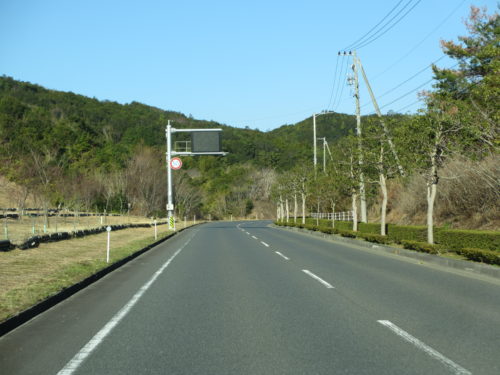
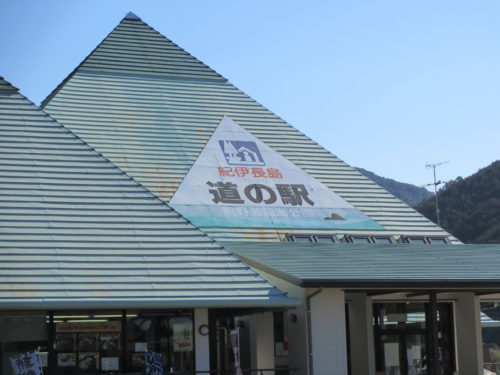
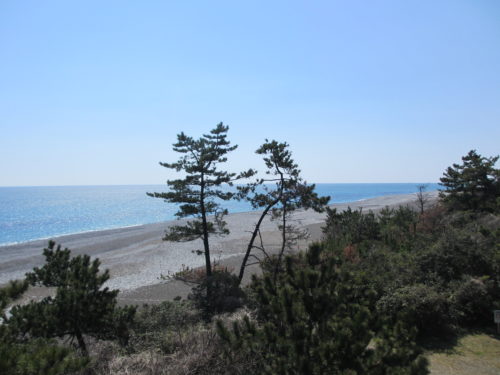
First Stop: The Power of Nachi Falls
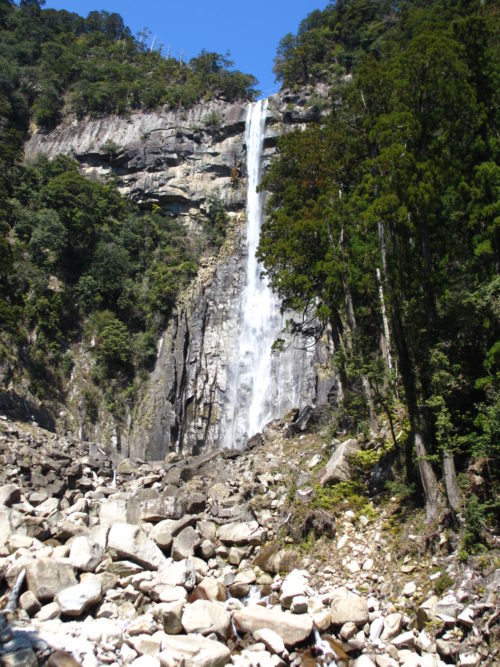
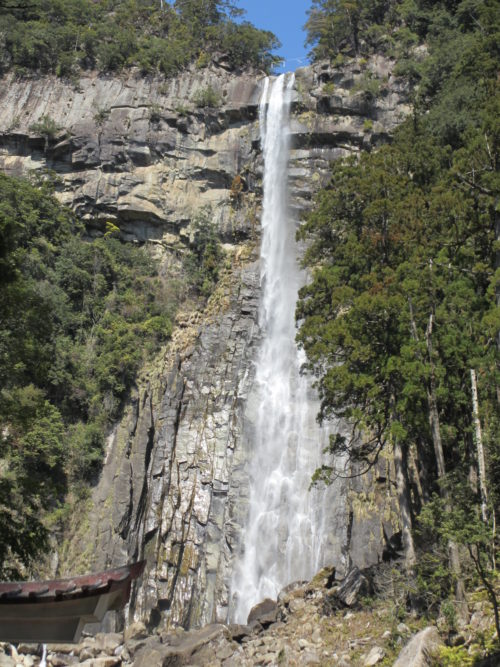
Prepare to be humbled by the sheer power and beauty of Nachi no Taki (Nachi Falls). This is not just Japan's tallest single-drop waterfall; it is a divine entity. With an uninterrupted drop of 133 meters and a staggering flow of one ton of water per second, the falls are a mesmerizing spectacle of natural force.
What makes Nachi Falls truly unique is its role in Shintoism. The waterfall itself is considered the go-shintai, or the physical manifestation of a deity, for the associated Hiryu Shrine. For many Western visitors accustomed to faith centered within man-made buildings, this concept is a powerful window into the animistic soul of Shinto. Here, you are not simply looking at a beautiful natural feature
near a shrine; you are gazing upon the god itself. This understanding transforms the experience from sightseeing into a profound spiritual encounter. The entire Kumano region, including the falls and its shrines, is designated as a UNESCO World Heritage site, recognizing its immense cultural importance.
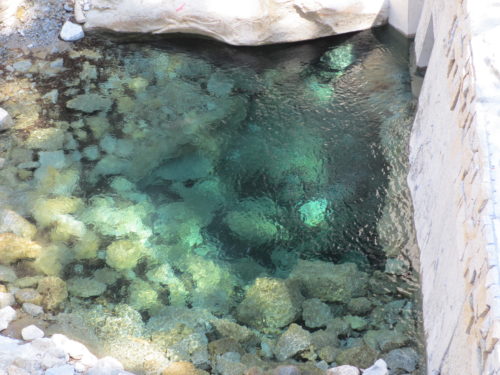
For the best view, you can pay a small fee of ¥300 to access a special viewing platform that brings you incredibly close to the base of the falls, where you can feel the mist on your face. The site is generally open from 7:00 am to 4:30 pm.
Mid-day: To the Edge of Honshu at Cape Shionomisaki (Approx. 1.5 hours drive)
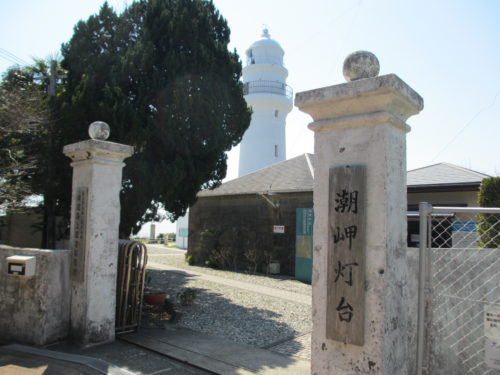
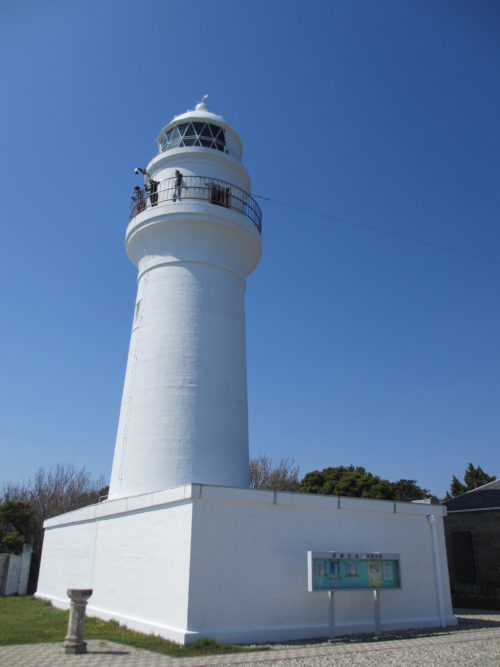
From the sacred falls, your journey continues south to the very tip of Japan's main island, Honshu. The drive to Cape Shionomisaki takes about an hour and a half and rewards you with a powerful sense of arrival. Standing on the cliffs, with the vast Pacific Ocean stretching out before you, you truly feel like you've reached the edge of the land.
The cape is home to a beautiful, historic white lighthouse that has guided ships since the Meiji Era. For a fee of ¥300, you can climb to the top for an even more spectacular 360-degree view. But perhaps the best souvenir from your visit is the
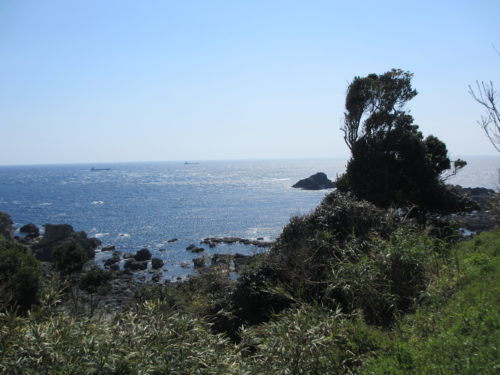
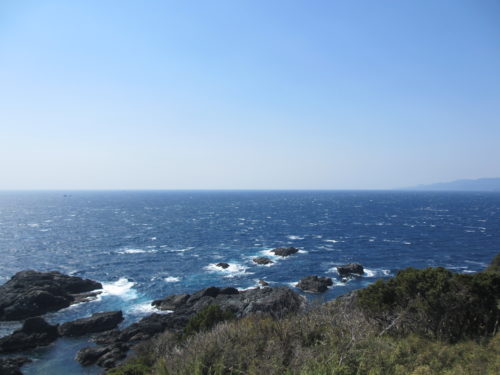
"Certificate of Visit to the Southernmost Point of Honshu." This official-looking document can be purchased at the nearby Shionomisaki Tourist Tower and serves as the perfect tangible proof of your epic road trip achievement.
Afternoon: A Glimpse of Paradise at Shirahama Beach (Approx. 1 hour drive)
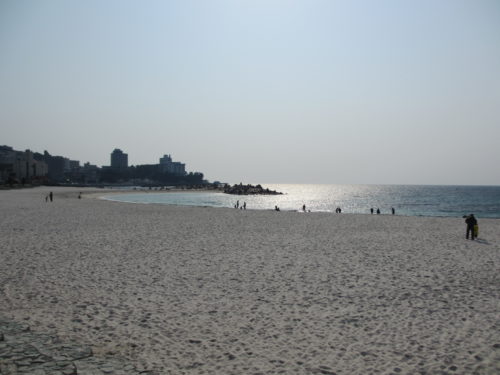
Turning northwards along the western coast, your final stop before the journey back to Osaka is Shirahama Beach. The name literally means "white beach," and it lives up to it spectacularly. The sand here is not the typical volcanic grey of many Japanese beaches but brilliant, pure white silica sand, creating a stunning contrast with the emerald-green water.
While it's a bustling beach resort in the summer, Shirahama has year-round appeal. Even a short stop to walk on the soft sand is worth it. If you happen to be traveling in the winter, you're in for a special treat. From late October through the end of February or March, the beach hosts the "SHIRARAHAMA LIGHT PARADE," a beautiful illumination event that transforms the entire shoreline into a magical landscape of light and sound, making it a fantastic destination regardless of the season. The area also hosts summer fireworks and beach yoga sessions, marking it as a vibrant hub of activity.
The Final Leg: Return to Osaka (Approx. 2.5 hours)
From Shirahama, the drive back to Osaka is surprisingly quick and straightforward. Thanks to the Hanwa Expressway, you can expect the journey to take around 2 to 2.5 hours, making it a manageable end to your third day. As you merge back into the city traffic, the peace of the mountains and the roar of the ocean will feel a world away, but the memories of your journey will remain vivid.
Your Unforgettable Japan Road Trip Awaits
Final Thoughts from Your Guide
Over three days, you have journeyed from the most sacred ground in Japan to the thrilling heights of a roller coaster, from a serene sunset onsen to the wild, untamed edge of the continent. You've tasted legendary beef, driven breathtaking roads, and stood in the presence of a waterfall god. This is the Japan that lies beyond the guidebooks and the train lines—a Japan of deep spirituality, modern joy, and profound natural beauty. It is a journey that changes you, leaving you with a richer, more nuanced understanding of this incredible country.
The open road is calling. I hope this guide has inspired you to discover the real, hidden Japan for yourself. Safe travels, and enjoy every moment of your adventure.
